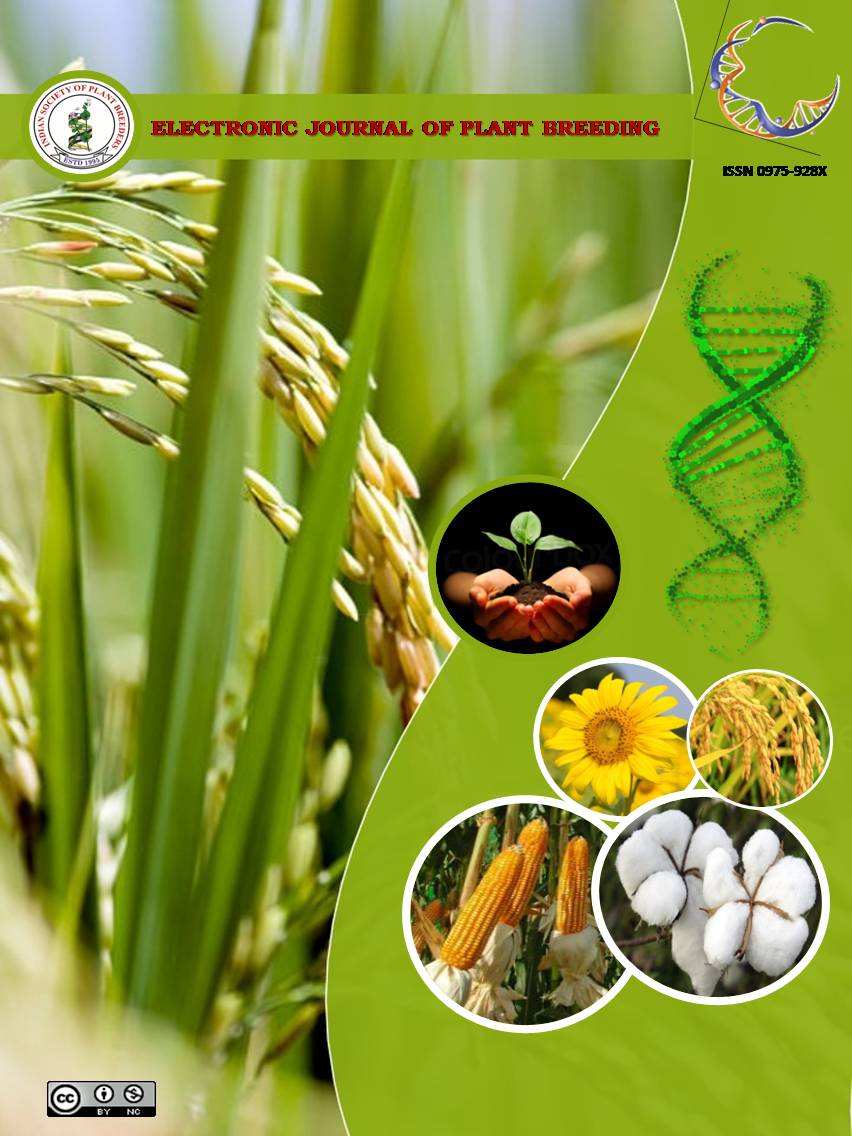Characterization and genetic variability of wheat genotypes for polyphenol oxidase (PPO) activity
Abstract
Noodles and chapatti having white or slightly yellow colour are preferred by consumers. Polyphenol oxidase (PPO) enzyme is responsible for discoloration of wheat products. One hundred wheat genotypes were screened using L-DOPA and phenol assays for PPO activity. Activity at 30 min and 90 min of incubation ranged from 13.78 to 100.27 and 5.38 to 72.18 au/min/g, respectively. Genotypes RAJ3766 (99.38), RAJ4266 (76.44) and DWR9507 (72.37) exhibited highest PPO activity, whereas NIAW2349 (18.05), BANSI988-18 (19.72) and NIAW2348 (19.94) showed lowest PPO activity. Interaction data indicated significant differences between genotypes and different seasons, emphasizing role of seasons on expression of PPO. Strong correlation was observed between PPO at 30 min and 90 min incubation. However, PPO30 could serve as a reliable estimate than PPO90. The correlation between PPO30 and phenol were not consistent and varied from strong (r=0.7304) to weak (r=0.2377) in different years.

